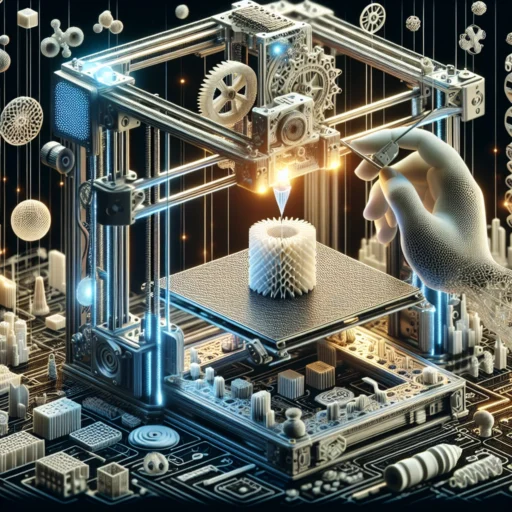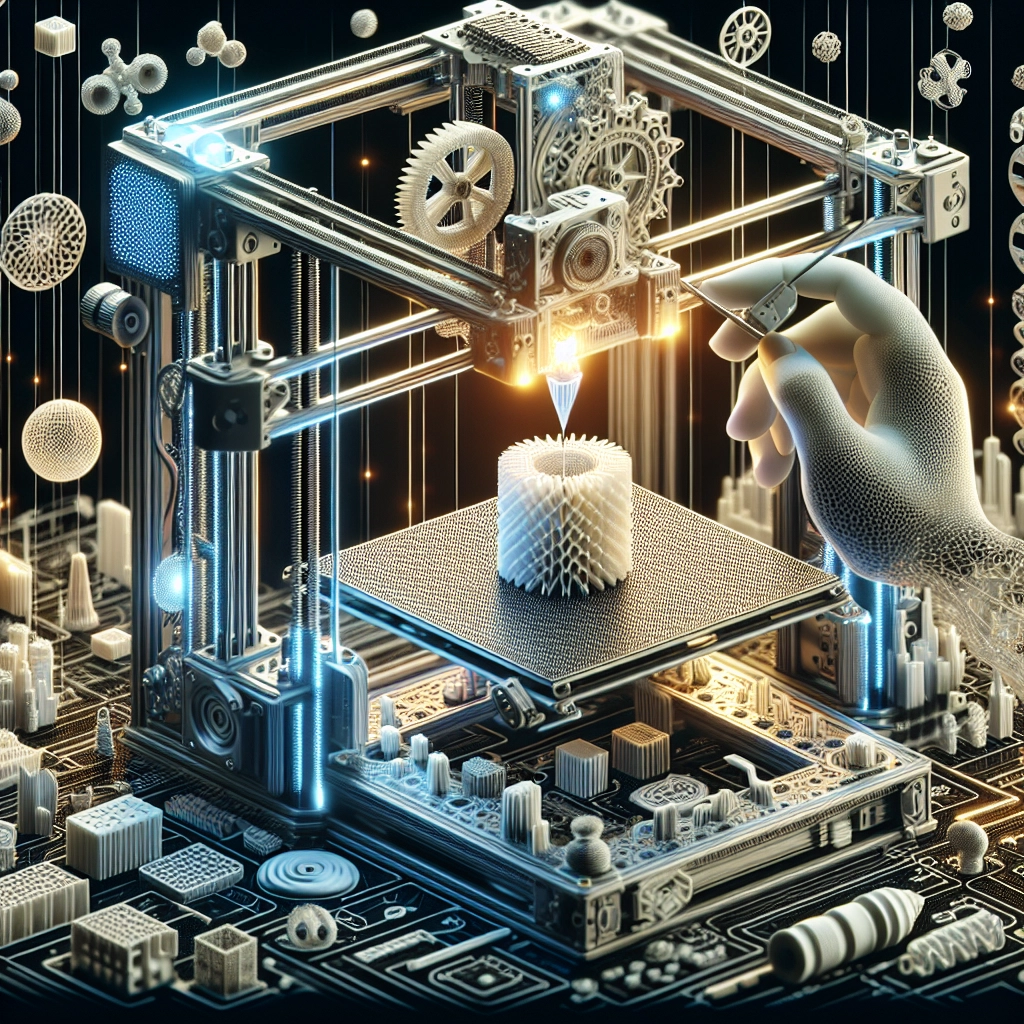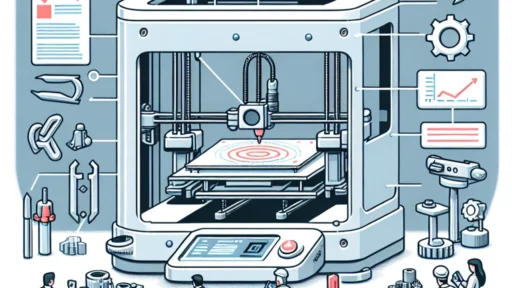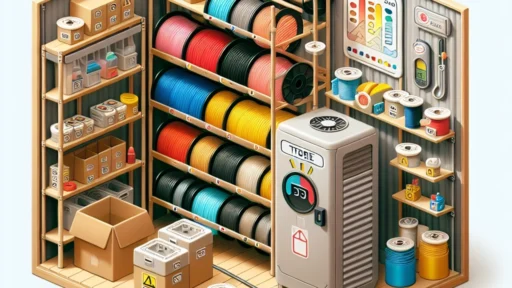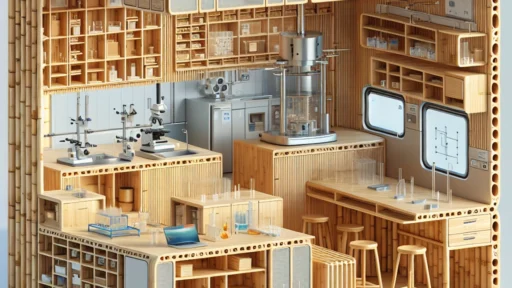Exploring Advanced Techniques in 3D Printing
The world of 3D printing has come a long way since it first burst onto the scene in the 1980s. What started as an innovative way to create prototypes is now revolutionizing industries—from healthcare to aerospace to fashion. As technology advances at breakneck speed, we’re witnessing the emergence of some truly advanced techniques that are pushing the boundaries of what’s possible in the realm of 3D printing. So grab a cup of coffee, and let’s dive into some of these exciting advancements!
Multi-material Printing
One of the most notable advancements in 3D printing is the ability to work with multiple materials in a single print. Imagine creating a complex object that incorporates not just various colors, but different textures and properties. For instance, a multi-material printer can produce a soft grip on one part of a tool while maintaining a sturdy, rigid frame. This opens exciting doors for product designers who can now prototype items that function as intended right from the first print.
Multi-material printing is also making waves in industries like healthcare, where you can print prosthetics that have both hard and soft components. The result? Medical devices that provide comfort while maintaining structural integrity.
Continuous Filament Fabrication (CFF)
Traditional Fused Deposition Modeling (FDM) methods involve layer-by-layer construction, which can take time. Enter Continuous Filament Fabrication (CFF). This cutting-edge technique uses a continuous stream of filament to create high-strength parts that can be produced much more quickly. The result is a more efficient printing process, ideal for creating larger objects without sacrificing quality.
CFF can produce parts that have excellent mechanical properties, making it especially useful in contexts like manufacturing and prototyping. Imagine being able to rapidly prototype a drone frame or a complex machine part without the long wait times typically associated with traditional printing techniques!
Hybrid Manufacturing
Why choose one method when you can combine two? Hybrid manufacturing marries subtractive and additive manufacturing techniques. This approach enables creators to print complex components and then use machining methods to refine and finish them. Essentially, you can 3D print your part, and then use CNC milling to ensure it fits perfectly in your overall project.
This technique is widely embraced by the aerospace and automotive industries, where precision is a non-negotiable. The combination of additive and subtractive methods means you can create intricate designs while still ensuring that the final product meets rigorous standards.
Bioprinting
If you thought 3D printing was all about gadgets and gizmos, think again! Bioprinting is one of the most groundbreaking advancements in the medical field. This technique allows for the layer-by-layer construction of biological tissues and organs. Using bio-inks made from living cells, scientists can print structures like skin, cartilage, and even complex organs.
Imagine a future where organ transplants are no longer limited by donor supplies! The dreams of regenerating tissues or creating customizable grafts could redefine medicine, and researchers are making incredible strides toward that reality. While fully functional organs may be a ways off, the advancements in tissue engineering bring us ever closer.
3D Printing with Metals
Another fascinating avenue is the development of 3D printing with metals. Initially, metal printing came with its challenges—issues like high costs and complicated setups. However, with techniques like Selective Laser Melting (SLM) and Electron Beam Melting (EBM), it’s now easier and more viable than ever to produce complex metal parts.
Metal 3D printing can create intricate geometries that would be impossible or incredibly expensive to manufacture using traditional methods. Industries such as aerospace have particularly benefited from this technology—think lightweight components without compromising on strength. The ability to create these parts on-demand is a game changer, reducing waste and production time.
The Future of 3D Printing
As we explore these advanced techniques, it becomes clear that the future of 3D printing is bright, with new developments popping up regularly. Whether it’s creating custom prosthetics, developing cutting-edge designs, or even printing human tissue, the possibilities seem limitless.
What’s even more exhilarating is the democratization of this technology. 3D printing is becoming more accessible, with hobbyists and educators diving into the fray. This means that innovative ideas can be developed from anywhere, sparking creativity and collaboration like never before.
As we continue to embrace these advanced techniques, one can’t help but wonder what’s next on the horizon. In a world where rapid prototyping and customization are becoming the norms, the next big thing in 3D printing may just redefine our everyday lives in ways we can hardly imagine. And that’s something truly exciting to ponder!


